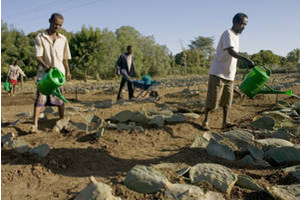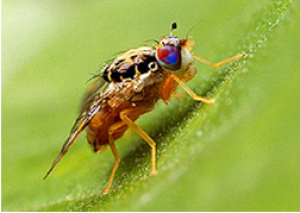|
Research Reveals Quinoa`s Bladder Cells Protect Against Pests and Diseases; Key to `Super Quinoa`
Sunday, 2023/12/03 | 06:26:30
|
|
Bladder cells are seen through a microscope. Photo Source: University of Copenhagen.
Researchers from the University of Copenhagen have punctured the 100-year-old theory of odd little 'water balloons' called bladder cells that cover extremely resilient plants such as quinoa. Researchers believed that the balloon-like bladders were protecting them from drought and salt, but research has revealed this is not the case.
For 127 years, even the brightest minds in plant biology believed that the fluid-filled bladders covering the leaves, clustered flowers, and stems of a range of hardy plants were a salt dump that stored water. The research team led by PhD student Max Moog and his supervisor Professor Michael Palmgren from the Department of Plant and Environmental Sciences at the University of Copenhagen studied the epidermal bladder cells of quinoa plants to understand the plant's mechanisms for making them resilient to salt and drought. They discovered that the bladder cells have no positive influence on the plant's salt and drought tolerance. On the contrary, they weaken tolerance.
When the researchers analyzed the bladder cells, they did not find salt. Instead, they found compounds that repel intruders. The bladder cells serve as a barrier against pests and diseases. The experiments showed that the epidermal bladder cells of quinoa contain oxalic acid which acts as a deadly poison for pests. The bladder cells also protect quinoa against Pseudomonas syringae, one of the most common bacterial plant diseases.
According to Professor Palmgren, the new results provide a concrete recipe for how to breed "super-quinoa." "Now we know, quinoa isn't just tolerant of non-biological stressors like drought and salt, but also of biological influences such as pests and pathogenic bacteria. And at the same time, we've found the secret of these odd-looking bladder cells," concludes the professor.
For more details, read the news article on the University of Copenhagen website. https://www.isaaa.org/kc/cropbiotechupdate/article/default.asp?ID=20540 |
|
|
|
[ Other News ]___________________________________________________
|


 Curently online :
Curently online :
 Total visitors :
Total visitors :
(307).png)



















